AO Edited
Radburn, New Jersey
The first neighborhood to implement the Garden City model in its suburban planning.
What may seem like an unassuming little suburb outside of New York City, Radburn holds the distinction of being a pioneer in urban planning.
In response to the increase in car ownership during the 1920s, the Radburn neighborhood was designed so that houses’ front doors face a network of sidewalks, parks, schools, and community centers. On the other hand, back doors faced the street. It was believed that this format would be better for pedestrians and drivers. Developed between 1928 and 1934 by architects Clarence Stein and Henry Wright, Radburn was envisioned as a decentralized, self-sustaining suburb.
Stein and Wright hired landscape architect Marjorie Sewell Cautley to design the parks and open spaces in Radburn. Cautley emphasized native flora in her design for the neighborhood’s green spaces, even transplanting some of the trees from local woods. Many of the trees she planted are still present and have grown into a mature canopy over the suburb.
With the onset of the Great Depression, Stein and Wright’s funding was cut short, and their full plan for Radburn was never realized. The experiment did catch on and spread across Europe and Australia, however, the design eventually fell out of public favor. It was feared that the all-encompassing design was seen as a catalyst for increased crime.
Know Before You Go
The Radburn parks are public and open to anyone. You can walk on the pathways behind and between the homes to see Stein and Wright's vision. The Radburn train station, which provides a connection to NYC commuters was also designed by Stein and Wright.
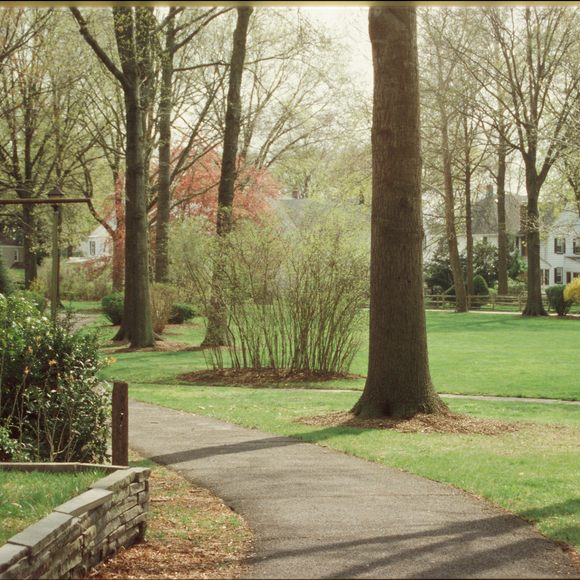






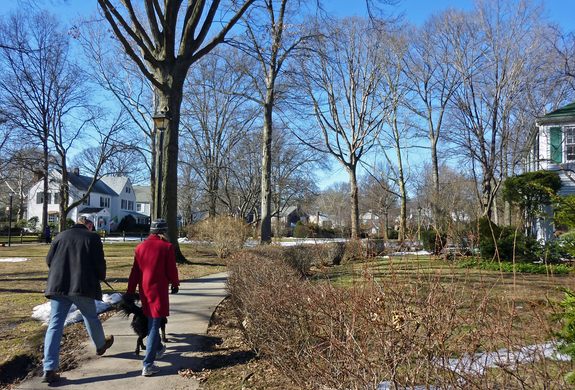






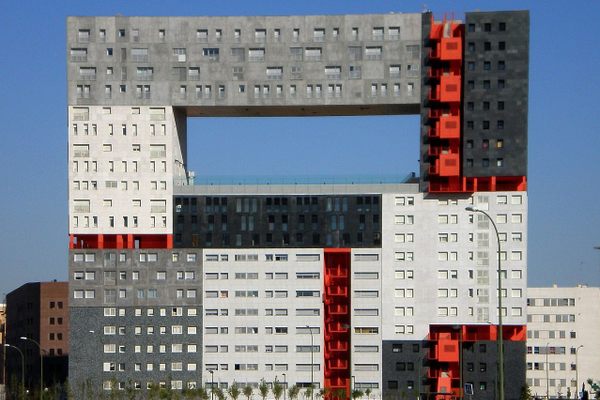
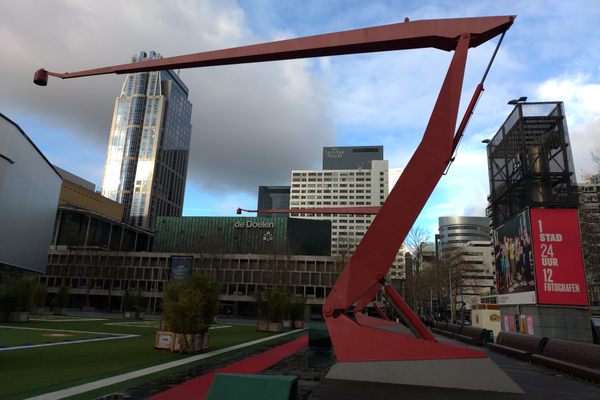


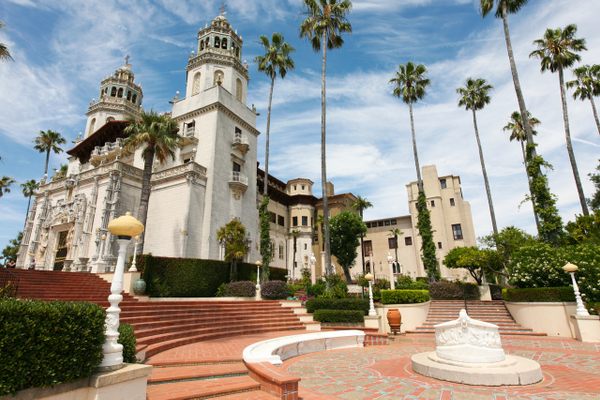

Follow us on Twitter to get the latest on the world's hidden wonders.
Like us on Facebook to get the latest on the world's hidden wonders.
Follow us on Twitter Like us on Facebook